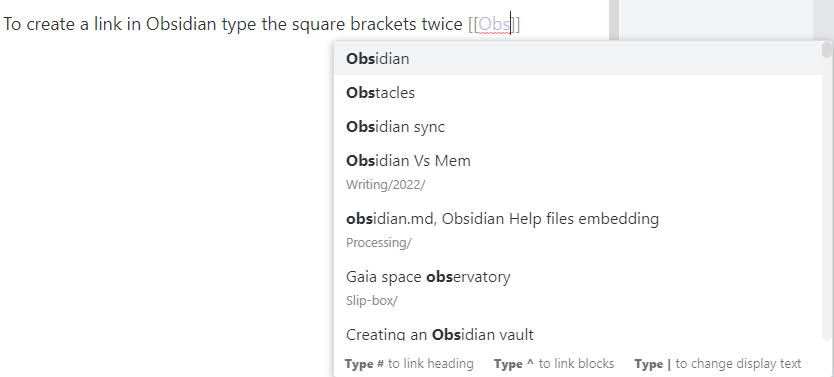In this guide, I’ll take you through the steps you can use to organise your notes using folders, tags and hyperlinks.
Folders in Obsidian
The first way that you can organise your notes is to store them in specific folders. To create a folder in Obsidian, open the file view and click the new folder icon, the centre icon at the top of the file icon Payne.

Tags in Obsidian
The second way to organise your notes in Obsidian is using tags to specify categories relating to your note. You can then search under that tag, and all notes related to that category will appear in the search results. The linkage of notes to tags can also be displayed in the Obsidian chart review.
To tag a note, use the non-currency pound sign (#) followed with no space by the category name.
Backlinks in Obsidian
Last but not least, I think this is what makes Obsidian a knowledge management system. A backlink allows you to link to other related notes within your vaults. You can find out more about how important backlinks in Obsidian are in my why you should use backlinks blog post.
A backlink allows the user to identify what notes link to that particular note allowing links to be navigated in either direction. Backlinks enable you to link notes from across the vault, even if the notes are stored in different folders with different tags.
To create a link in Obsidian type, the square brackets twice[[]]. Obsidian will try to predict what note you want to link to as you continue to type the name of the note you wish to link to. This note doesn’t yet need to exist in your Obsidian vault.

Conclusion
I would advise you to use caution when using folders and tags to enforce structure on your notes. You don’t want to devise anything so complicated that you won’t constantly follow your structure.
For me, the real star in organising your notes in Obsidian are backlinks allowing you to link your notes wherever they sit in your structure.
If you found this article useful, you might want to learn more about how you can take smart notes in Obsidian.
